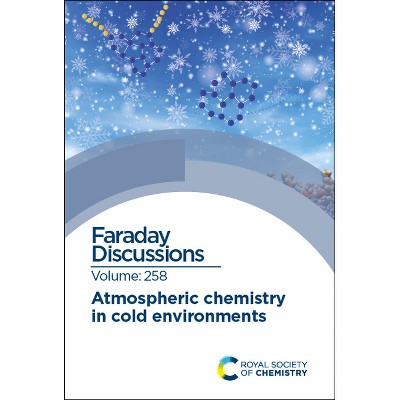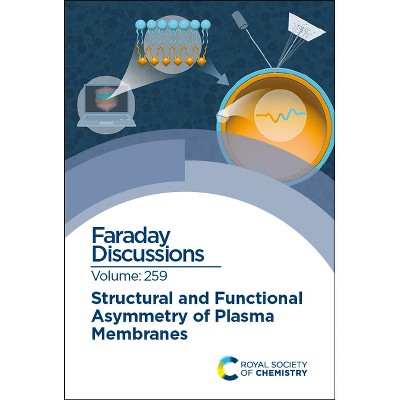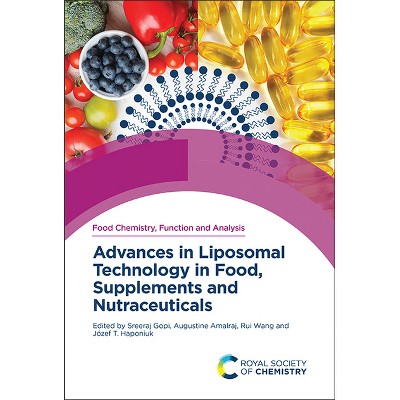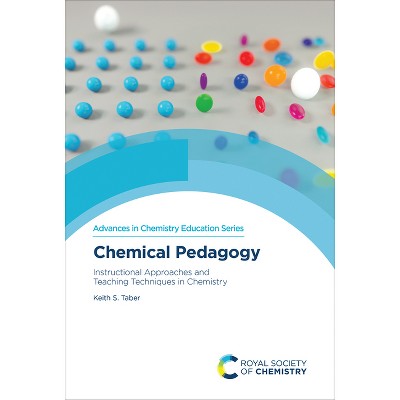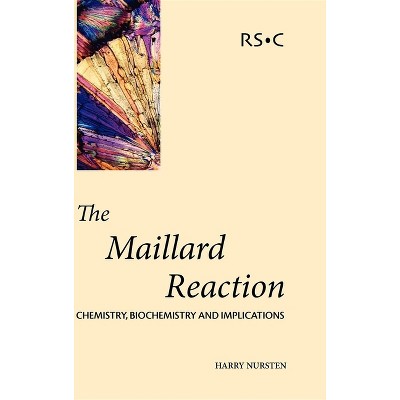Advances in Supramolecular Gels - (Faraday Discussions) (Hardcover)

About this item
Highlights
- Our ability to make soft materials based on the fundamental principles of self-assembly has led to a rich and varied global interdisciplinary community, particularly in the area of functional supramolecular gels.
- About the Author: Faraday Discussions documents a long-established series of Faraday Discussion meetings which provide a unique international forum for the exchange of views and newly acquired results in developing areas of physical chemistry, biophysical chemistry and chemical physics.
- 466 Pages
- Science, Chemistry
- Series Name: Faraday Discussions
Description
About the Book
Our ability to make soft materials based on the fundamental principles of self-assembly has led to a rich and varied global interdisciplinary community, particularly in the area of functional supramolecular gels. This discussion covers the broad applications of these gels for chemists, physicists, biologists and engineers.
Book Synopsis
Our ability to make soft materials based on the fundamental principles of self-assembly has led to a rich and varied global interdisciplinary community, particularly in the area of functional supramolecular gels. These gels are formed by the self-assembly of small molecules into one dimensional structures that entangle to form a network. Their applications are broad; gels have been shown to be of value in the life sciences in 3D cell culture, with a number of recent spin-out companies focused in this area but also have promise as new optoelectronic materials. The inherent interdisciplinarity of the field provides opportunities for chemists, physicists, biologists and engineers to work together, but also raises a number of challenges. Exciting new developments are opening up in transient and dynamic gels, and in the techniques used to study these systems - in particular contrast-matched small-angle scattering, cryo-TEM, and super-resolution microscopy. The four themes of this meeting bring together different research communities and particular emphasis is placed upon the transfer of learning between the different themes.
About the Author
Faraday Discussions documents a long-established series of Faraday Discussion meetings which provide a unique international forum for the exchange of views and newly acquired results in developing areas of physical chemistry, biophysical chemistry and chemical physics. The papers presented are published in the Faraday Discussion volume together with a record of the discussion contributions made at the meeting. Faraday Discussions therefore provide an important record of current international knowledge and views in the field concerned. The latest (2022) impact factor of Faraday Discussions is 3.4.






